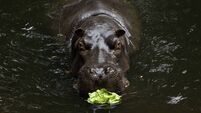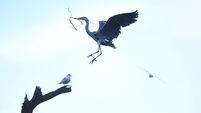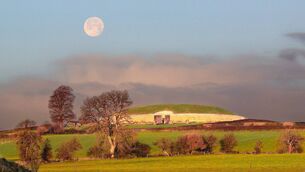Anja Murray: Our wild shorelines are worth visiting - and definitely worth protecting

‘Common shore crabs’ with their dark greenish-brown shell, are often seen scuttling about on beaches, in rocky pools and muddy estuaries, and sheltering under seaweed and stones. Picture: Heritage Council/John Gorman
We are in summer-holiday season, when many of us head to the coast around Ireland to enjoy rambles along sandy shores, carefree clambering over lichen-clad boulders, and exhilarating dips in the salty sea. Wildlife along the coast is distinctly different to elsewhere, as salty sea air and near-constant winds only allow those with special adaptations to survive the unique conditions.
Succulent seaside plants, for example, have special ways to cope with the lack of freshwater, shifting sands and salty winds. Sea holly grows on sand and shingle beaches, readily recognisable by its prickly blue-tinged holly-like leaves. Because water runs so quickly though sand, sea holly has adapted to withstand the drought-like conditions of a sandy beach in the same way that desert plants cope with drought — with thick, waxy leaves that contain their own store of water and don’t dry out easily. Its violet-blue flower balls are on show until the end of August, popular with both bees and hoverflies. Sea campion is another succulent seaside plant still in flower now, its bright white flowers can be seen on shingle and rocky shores until the end of August.
Sounds of the seaside are distinctive too. Last weekend I listened to Curlew calling all along the shore — one of my favourite sounds of late summer. The Curlew we hear during July and August have likely just finished up their Scandinavian breeding season and are now stopping over along Irish coastlines for a good feed on the worms and bivalves buried in intertidal tidal sand and mud. Soon they will head further south for the winter, though many will decide that here is a mild enough place to spend the winter. Breeding Curlew have been almost wiped out across Ireland — a consequence of land use changes such as agricultural intensification and afforestation, so their population is now only a small fragment of what it was just 30 years ago. Listening to the call of their continental cousins passing through is bittersweet.
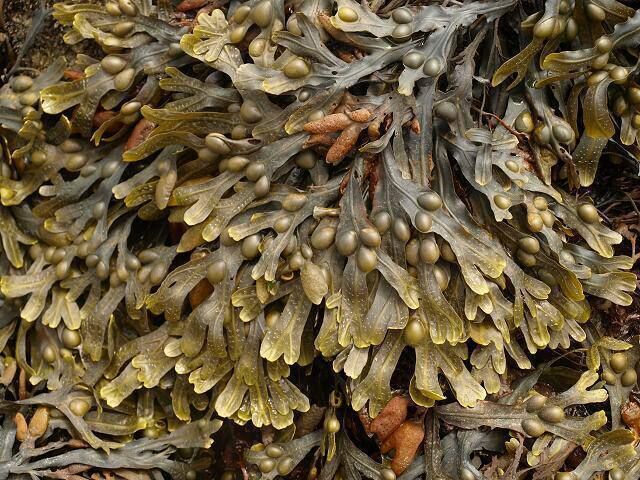
Seaweeds are worth exploring when the tide goes out. Huge clumps of olive-yellow feamainn bhuí cover the intertidal rocks all over the west coast — this is one of the seaweeds otherwise known as wracks. Wracks are some of the most familiar and widely harvested seaweeds along Irish shores.
Bladder wrack might trigger memories of Junior Cert biology for many (Fucus vesiculosus anyone?!). Its pea-sized air pockets dotted along the curvy fronds make it easy to recognise, and the budding ends are good to eat — a little like wild olives. Most seaweeds have a thin covering of mucus to protect them from drying out on the open shore, endowing them with distinctive slimy slippiness, though this same mucus is what softens the skin in a seaweed bath!
To find clues about what lies beneath the waves, beachcombing can be surprisingly rewarding. One of my favourite things to find on the shore is a ‘mermaid’s purse’, which are the egg cases of sharks, skates and rays. Mermaid's purses have long curly tendrils that attach the egg case to the underwater kelp fronds or corals while the eggs inside are developing. After the eggs have hatched into live sharks or skates, the cases often get washed up on the shore, dried out and leathery in texture.
Crabs can sometimes be seen shuffling sideways along the shore, though mostly it is abandoned shells we see left strewn about the shoreline. Some crab species can live for 20 years of age, though as they grow their hard exoskeleton doesn’t get any bigger, so the crab has to shed their skeleton as they grow. One of the more common crab species whose shells get washed up on shore is the ‘Velvet swimming crab’, caught by their thousands in underwater crab pots as tasty food for humans. ‘Common shore crabs’ are often seen scuttling about on beaches, in rocky pools and muddy estuaries, and sheltering under seaweed and stones. They have a dark greenish-brown shell.
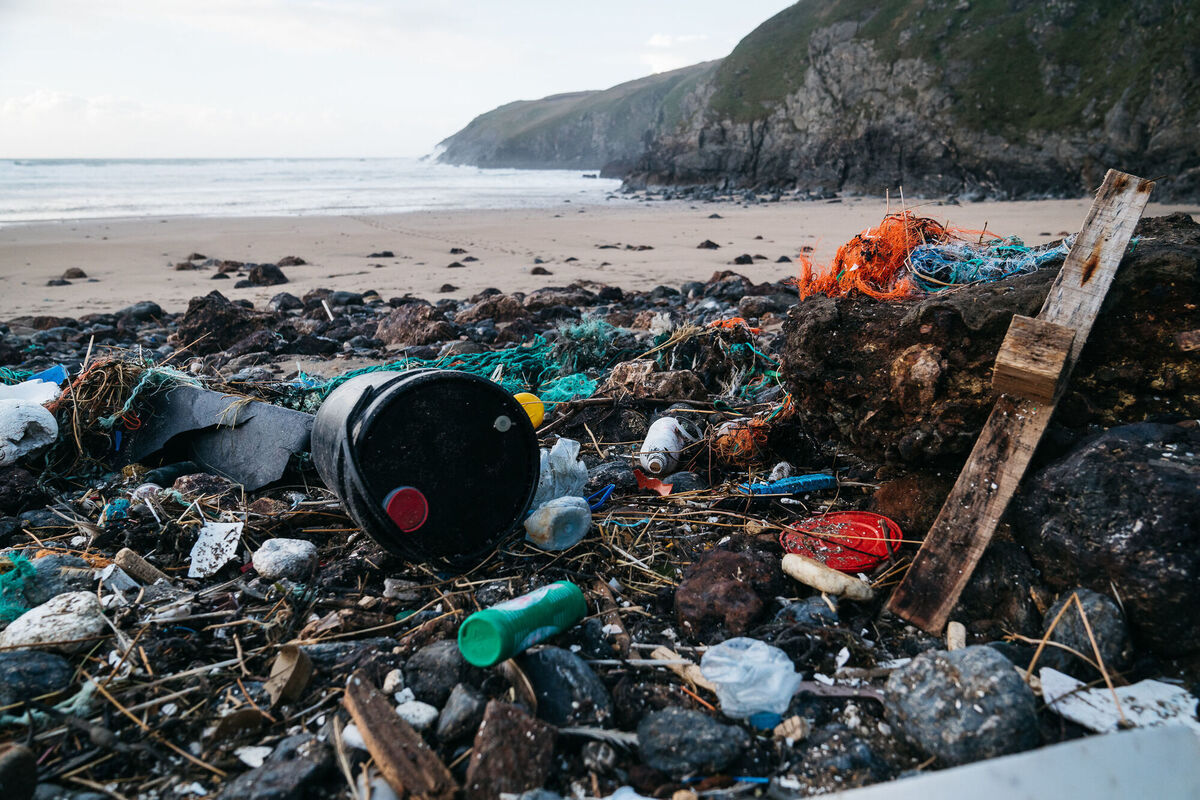
Unfortunately, plastic fragments are too often seen washed up on the shore. Bottle tops float whereas the bottles themselves sink. Abandoned fishing gear floats around indefinitely. Plastic wrappers bob in the upper layers of water, carried about on ocean currents. These plastics are all accidentally ingested by turtles, fish and marine mammals and some can do great harm. Seabirds also eat much of the plastic debris, filling up their stomach so much that many die as a result.
Shearwaters, petrels and other seabirds know where there is good fishing to be had through the smell of a chemical called DMS (dimethyl sulphide) — an olfactory signal produced by plankton when they are being eaten. Seabirds smelling this know that there are fish feeding below the water — it's their cue to dive down for their dinner. But as scientists discovered this relationship, they also discovered that plastics which have been in the sea for a while produce a chemical signature akin to DMS. Hence the seabirds are misguided and end up eating the plastics.
There is so much to learn about the seas around Ireland. There is also much to be done to protect ocean habitats from harm. If you would like to learn more, you can enrol in a free ‘explore your shore’ citizen science project run by the National Biodiversity Data Centre. Their ‘ Marine Biodiversity Citizen Science Open Course’ is designed to enable beginners and those wishing to refresh their recording skills to identify and record common marine intertidal species found around the Irish coastline. It's online and doable in your own time.
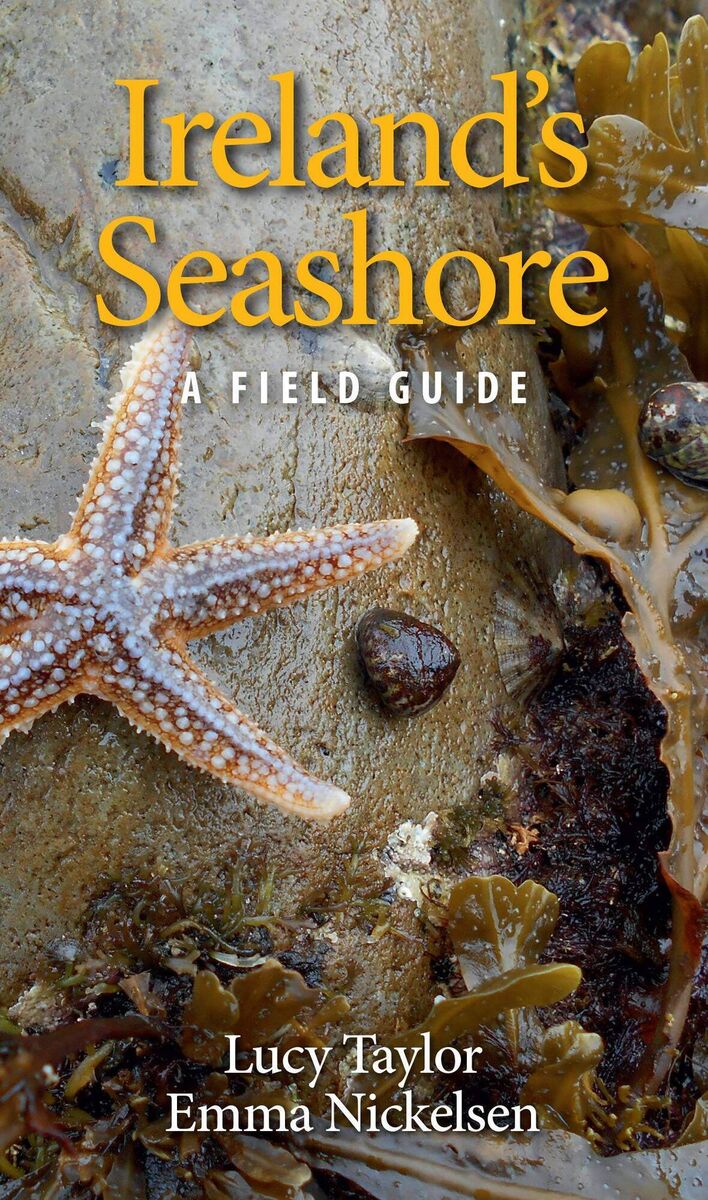
I have also found the book Ireland's Seashore – A Field Guide by Lucy Taylor and Emma Nickelsen (Gill & Macmillan, 2018) to be an excellent resource that helps to identify lots of seaside plants and animals, including coastal plants, seaweeds, lichens, crabs, sponges, starfish, sea urchins, fish and more.



